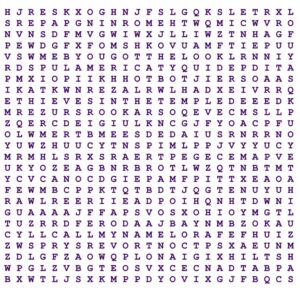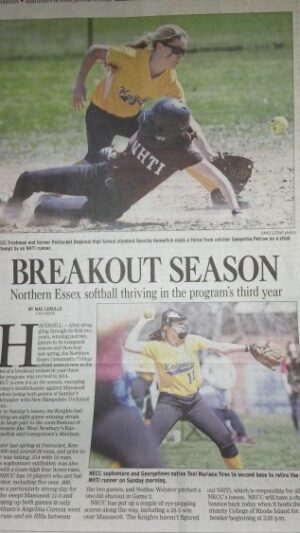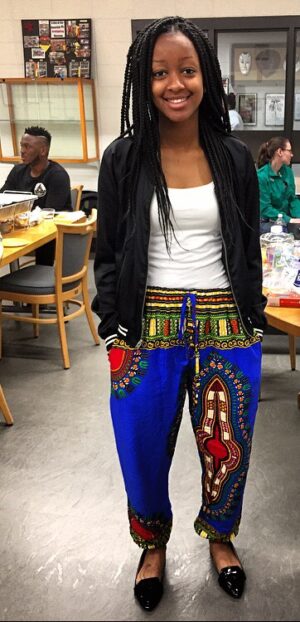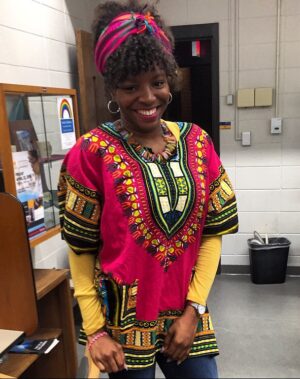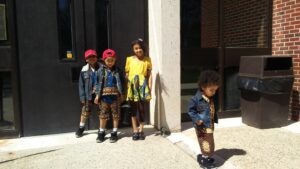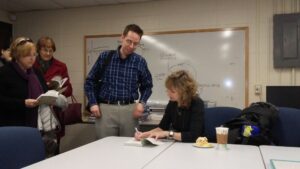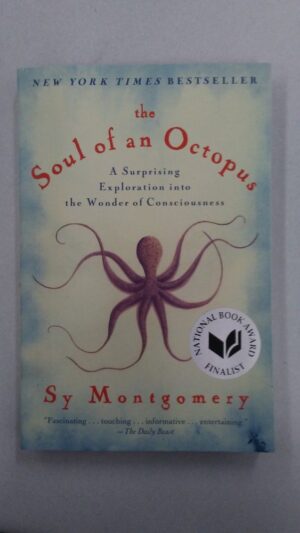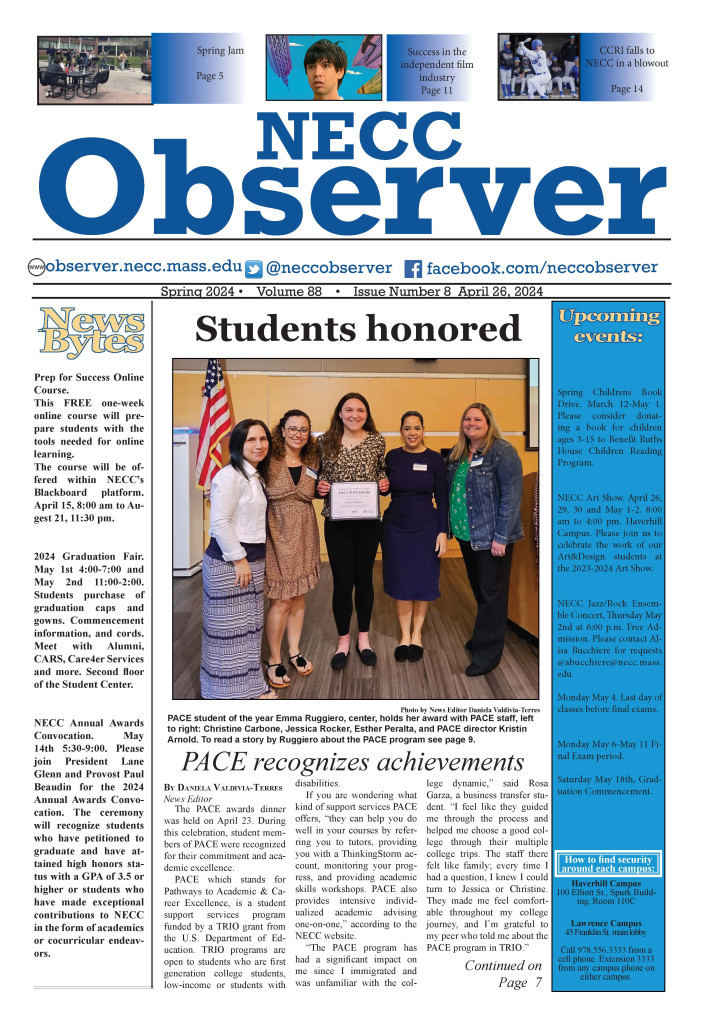As an aspiring journalist, more specifically a sports journalist, meeting and networking with professionals in the field is essential to furthering my career.
The Boston Red Sox organization emailed multiple colleges about some of their “theme” nights throughout the season that coincided with college majors. The first theme night of the season was Journalism Night on April 12. Going to Journalism Night also came with a free ticket to the game against the Baltimore Orioles after the event.
The Faculty Adviser of the Observer, Mary Jo Shafer, made sure the email with details about the event made it to me. I saw the message and knew right away that I had to attend. Two of my idols and famous sports journalists, Bob Ryan and Gordon Edes, were going to be there — and Edes was the master of ceremonies.
Ryan is a former sports writer for the Boston Globe. He wrote about the Boston Celtics and Red Sox there from 1969 until 2012. He is also a voter for the Baseball Hall of Fame and is occasionally on “Around the Horn” on ESPN.
Edes is the Red Sox team historian. Before taking that position, he had been the Red Sox beat writer for the Boston Globe for 18 years, and has been a sports journalist for 35 years. He has also worked for the Los Angeles Times and the Chicago Tribune.
The other sports journalists on the dais that night were Alex Speier of the Boston Globe, Jennifer McCaffrey of MassLive.com, Jason Mastrodonato of the Boston Herald and Maureen Mullen, a freelancer who had formerly worked for both the Globe and the Herald. It was an all-star cast of Boston area sports journalists.
April 12 came a few days after I got the initial email. I got ready to go to Fenway Park that night and shook all the butterflies out of my chest before I left. I had to make sure I looked my best and acted as professional as possible at the event.
I got to Fenway and had to ask a few employees where the Champion’s Club was located before I received a straight answer. Not even the employees knew where the conference room was! Finally a hotdog vendor pointed me to the right direction and I was in.
I was the first of many to enter the room. I looked around: there was a buffet, there was a table where the guests would be sitting and, as I got further into the room, I saw the epitome of sports journalism.
There was Edes sitting by himself at one of the tables on the phone writing in his notebook. He was talking to a player agent in another country about the prospect the agent was representing, getting info and quotes, asking proper interview questions. It blew my mind that a legend like Edes still does what I do, and what others hoping to be in his position one day do. He is the definition of a great journalist.
I was watching him the whole time in wonder with a huge, ridiculous smile on my face hoping to talk to him before the event started, but I let him be. I knew there was more time to meet and talk to him. Journalism Night was just starting.
Everyone had filed in, mostly college students like myself, but there were also plenty of people of other ages attending. Once everyone settled down, Edes introduced himself and the guests, talked about what would happen over the next hour and a half and thanked everyone for coming to Journalism Night.
Mastrodonato talked about what it means to be a journalist and how this career is only made for people completely devoted to the craft.
“The number one thing is, you have to be passionate about it,” he said. “I was told you’re not going to make a lot of money doing this, so you better enjoy it. Remind yourself every day that you’re in it to be happy, to enjoy, to share your knowledge of sports with people.”
Then Mastrodonato began a conversation about the “Twitter effect” in news.
“The immediacy causes you to be more careful,” he said. “One wrong remark will bring you down a notch.”
Mullen then added her views about the “Twitter effect,” and how the Internet is changing how news organizations work and get the news to the masses.
“To me, one of the concerning trends is this concept of ‘aggregating.’ It’s where news outlets, or so-called news-gathering outlets, have people sitting in the office pulling stories off of websites and saying ‘as so-and-so reported’ so they don’t get charged with plagiarism. . . I think that’s a dangerous trend in the business, because nobody has to go get the news. You look at what the Boston Globe did with ‘Spotlight.’ Somebody has to go get this news. Sometimes a story will just fall into your lap, and you have to actually show up and be there,” Mullen said. “I think that’s one of the things that we as an industry as a whole should be on the lookout for.”
More questions about the news industry were asked, but then we moved on to more light-hearted subjects, like how to approach a professional ballplayer, and each writer’s favorite athlete to cover. Speier said his were former Red Sox Gabe Kapler and Pedro Martinez, while Mastrodonato said Brock Holt.
Then the question of “who’s your favorite player to cover” got to Bob Ryan, and instead of answering the question, Ryan and his distinct loud voice yelled out who his least favorite player to cover was.
“There has NEVER been anyone who has poisoned the clubhouse like Albert Bell. Never. And covering him was a misery,” Ryan said. Everyone laughed and was happy, because Bob Ryan can have that effect on people.
After a few more questions and comments, Edes declared the event was over and that now would be a 20-minute networking event. This is what I had been waiting for: my chance to rub elbows with the bigwigs.
First I came up to Edes and Speier, who were standing together, talking and having a good time. As I approached them I realized that I hadn’t planned anything to say to them. It was going to be a disaster, I thought, but I couldn’t have been more wrong.
I began talking to Edes, telling him how much I have followed his career and what a great time I was having that night. I told him the I was the Sports Editor of my college newspaper, and his eyes lit up. I told him I saw him sitting on the phone writing notes before the event started.
“Well, that’s what guys like us do to get a good story,” he said.
I almost lost my mind, in a good way. Gordon Edes just said “guys like us” to me, he grouped he and I into the same class. The butterflies in my chest were in full effect.
We talked for the rest of the 20 minutes about journalism, my life, and how he influenced me. There were laughs shared and smiles galore. He then called over Bob Ryan to come and meet me. This was one of the best nights ever.
We talked for a bit and then I suggested to Edes that the three of us should get a picture together. After that, he told me to go have a fun time at the game and bid me farewell.
My night was already made. I couldn’t really focus on the game; the rest of the night I thought of the event, my future and how I was so glad this opportunity fell into my lap.
That night made me love sports journalism more than I already did, and reassured me that I’m in the right field and on the right path towards my future career.
